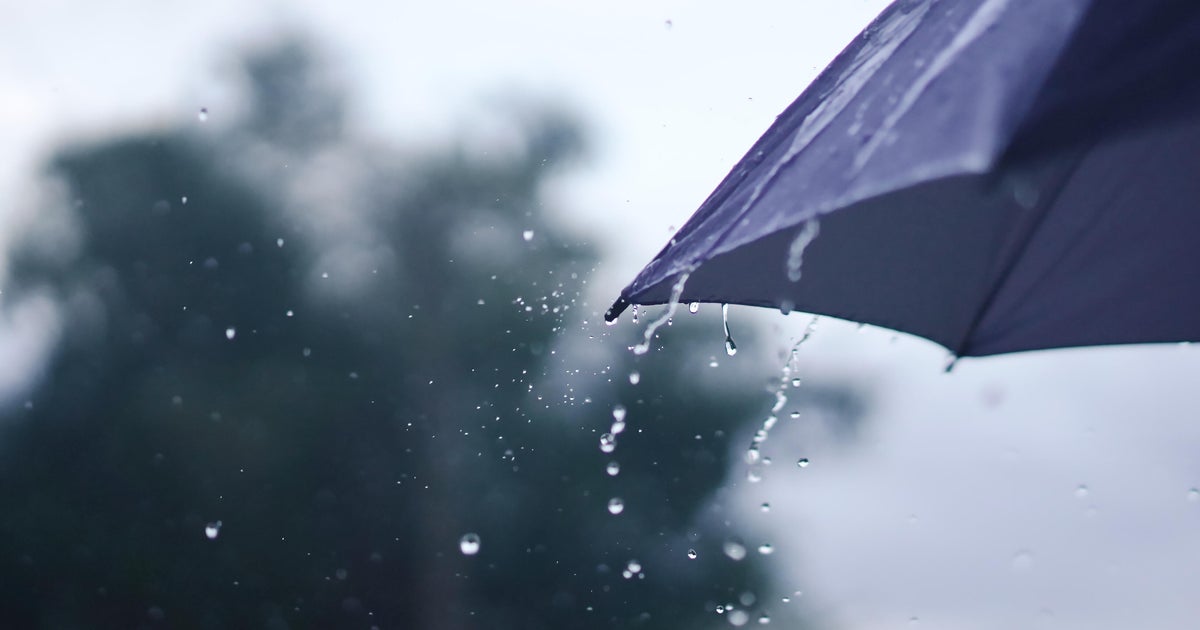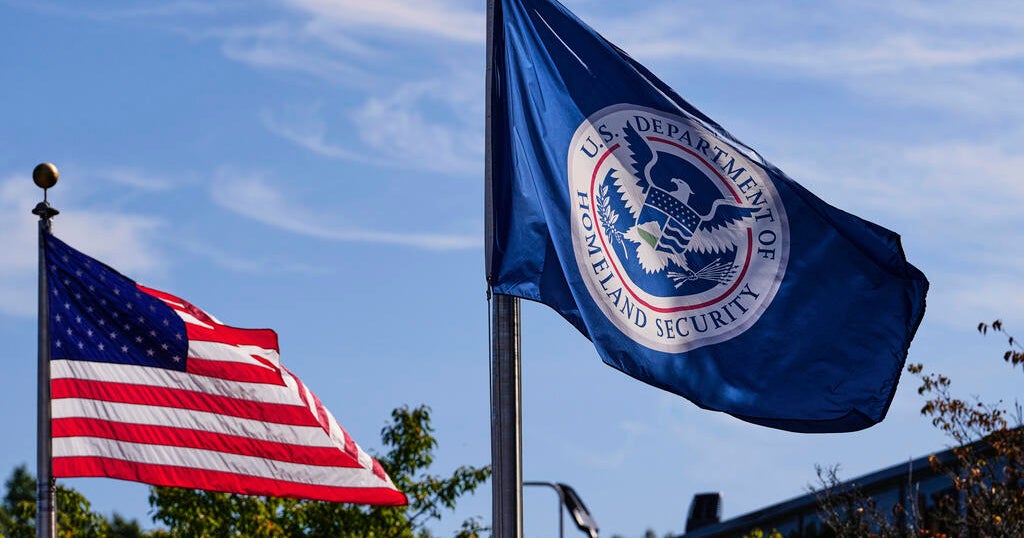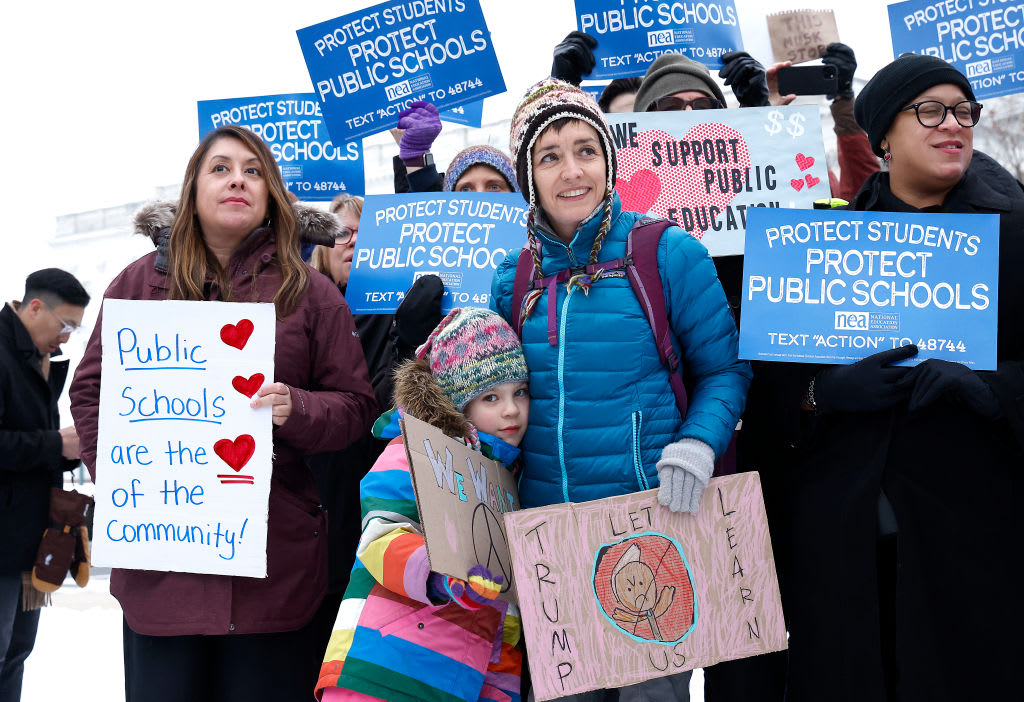What is Area 51? And why is it so secretive?
It's been a perennial American obsession for more than 50 years. It's provided a shadowy backdrop for shows like "The X-Files" and movies like the 1996 summer blockbuster "Independence Day." And in 2019, this well-known but little-understood location took over social media when one jokester inspired millions of people to RSVP "yes" to trespassing.
The place: Area 51, a remote patch of desert some 83 miles north-northwest of Las Vegas, next to a salt flat at the foot of a mountain. This military outpost — and what's happened inside it — is so top-secret that its very existence was disputed until 2013.
In short, Area 51 was created during the Cold War to help America peek in on the Soviet Union. But, because of its clandestine beginnings and cutting-edge tech, many Americans came to associate the base with extraterrestrial ships and little green men.
So, what is Area 51 really? What do we know for sure? How did a Cold War espionage operation become associated with theories of deep-state cover-ups of crash-landed aliens? And why did dozens of people put their lives on hold in September 2019 to drive into the Nevada desert to stand outside of it?
Here's what we know for sure… and what secrets are yet to be revealed.
Spy games and unmarked planes
Here's what we do know about Area 51: Today, the U.S. Air Force uses the 38,400-acre patch of desert as a training site. Sometimes called the Nevada Test and Training Range, the base is located next to a salt flat called Groom Lake and is home to some of the longest runways in the world.
The closest town is Rachel, Nevada, population 54. The airspace above the base is extremely off-limits. And the land around it is peppered with warning signs to would-be trespassers.
We also know that workers aren't commuting there by car. Air traffic control audio out of a private terminal at Las Vegas' McCarran International Airport suggests that government-owned passenger jets flying under the name "Janet Airlines" make daily flights to and from… somewhere in the Nevada desert.
If you ask air traffic control, that "somewhere" is Homey Airport (KXTA), otherwise known as Area 51. Through the years, the base has also been called Dreamland, Watertown, Yuletide and Paradise Ranch.
A war wakes up the desert
Not much was happening on this swath of land before World War II. In 1864, prospectors discovered silver and lead around Groom Lake salt flat. A man named Patrick Sheahan built a humble homestead and founded Groom Mine in 1889. The Sheahans' homestead was about as isolated as it gets; Las Vegas wasn't even founded as a city until 1905 and was inaccessible by railroad until 1906.
But the family's quiet lifestyle abruptly changed in 1941, when the government sent agents to scout the area for use as a training site for bomber planes. An airstrip, called Indian Springs Auxiliary Field No. 1, was constructed where Area 51 sits today, six miles from the homestead. In 1951, the United States Department of Energy began nuclear detonation tests at the Nevada Test Site, 20 miles from the Sheahans' homestead.
After WWII, the military training airstrip fell quiet, but not for long.
Keeping the Cold War cool
In March 1954, President Dwight D. Eisenhower was worried that America's lack of knowledge of Russia's military developments might leave America vulnerable to attack. So Eisenhower recruited a panel of experts to figure out how the United States could use science to thwart a potential Russian attack.
One thing was clear: The U.S. would need eyes in the skies over the Soviet Union. And once America had a blueprint in the works for a cutting-edge surveillance plane, a secure location would be required to assemble and test it.
A scouting group flew over Groom Lake. From above, they could see it was remote, unassuming, and it already had an airstrip. It was perfect. That's how Area 51 was born.
In the early days, Lockheed engineer Kelly Johnson nicknamed the base Paradise Ranch. This was Johnson's way of making the arid patch sound more appealing to potential staff. Despite the lack of cultural attractions, nightlife or vegetation, workers embraced the moniker and began referring to themselves as "ranch hands."
Area 51 quickly became a favorite location for the CIA's classified airborne espionage ops. But as projects became more technologically complex, the bare-bones facility needed major upgrades. By 1964, Area 51 was transformed into a fully functional spy-plane factory.
Contractors poured a new asphalt runway to accommodate faster planes, replacing the old, 5,000-foot one with one that stretched 8,500 feet. Workers delivered disassembled Naval housing units and plane hangars to Groom Lake. Construction crews dug a new water well and erected recreational facilities. They added all the necessary warehousing, shop space and fuel storage.
"Day or night, you could get a steak"
In a 2010 interview with the Seattle Times, former Area 51 contractor James Noce recalled that the food was particularly good in the '60s. Professional chefs hired away from Las Vegas restaurants could make just about anything. "Day or night, you could get a steak," Noce said, "whatever you wanted."
Through the years, the CIA and Air Force developed several types of surveillance and attack aircraft at Area 51. The first plane that was built at so-called Paradise Ranch was the U-2 spy plane. Subsequent projects included the Lockheed A-12, the SR-71 Blackbird and the stealth F-117 Nighthawk attack aircraft.
During the Vietnam War, the base was the headquarters for a project to reverse-engineer a Soviet-built MiG-21-F13 plane that a defector pilot surrendered. Of course, those are just some of the declassified projects we know about.
You'll notice that there hasn't been much talk yet of extraterrestrial autopsies or UFOs. That's because those stories hadn't emerged yet… but they were about to.
Flying saucers and secrets
In the late 1950s and early '60s, calls and letters about UFO sightings trickled in to air traffic control and the Air Force.
These reports were, in large part, coming from airline pilots flying from east to west at dusk. They reported seeing fiery disks, flying saucers, at altitudes "too high" for any man-made plane. At the time, as far as the public knew, even the most advanced military aircraft flew below altitudes of 40,000 feet. The U-2 spy plane that the CIA was testing at Area 51 flew above 65,000 feet.
The Air Force began a program in 1952 to investigate UFO reports. Operation Blue Book, as it was dubbed, checked the details of each UFO report against the CIA's top-secret flight logs. Once all the notes had been compared, civilians were told they were witnessing a "weather phenomenon."
This only fueled the rumors that aliens were joy-riding in the skies above America.
Decades later, one man's unsubstantiated claims would solidify what many people already suspected.
In 1989, Las Vegas' local CBS affiliate, KLAS, aired an interview with a man named Bob Lazar. In the interview, Lazar claimed he and others had been stationed at a base in the Nevada desert called "Sector 4." Lazar said Sector 4 was underground, connected to Area 51 by a vast, miles-long underground rail system. He said that they were working to reverse-engineer an antimatter reactor-powered alien spaceship.
No record of Lazar ever being employed by any government or military organization has ever been found. But one journalist asserts that Lazar had knowledge of the inner workings of Nellis Air Force Base in Las Vegas, the Groom Lake facility and Los Alamos National Lab in New Mexico.
A pop culture juggernaut
The existence of the base became America's worst-kept secret in the mid-1990s. Though passing references to the base had appeared in the media before, the first major Hollywood production to specifically feature the base was the 1996 summer blockbuster turned cult classic, "Independence Day."
More recently, it was social media that brought attention to Area 51.
In June 2019, 21-year-old college student Matty Roberts decided to create a Facebook event. He called it "Storm Area 51, They Can't Stop All of Us" and said it would take place September 20. Roberts didn't think anyone would give the event, which he created as a joke, more than a passing chuckle.
But within a few days, more than 2 million Facebook users chimed in to "confirm" their attendance. The Air Force issued a stern warning discouraging people from trying to gain access to a military base.
Despite the warnings, around 1,500 people packed their campers and headed into the Nevada desert with your standard, alien-centric festival kit: Roswell-inspired onesies, inflatable aliens and the like. Forty bold individuals did make it as far as the outskirts of the base, but they mostly just chanted for a while and then dispersed when confronted by law enforcement. One arrest was made for public urination.
Keeping our eyes on the skies
That's about all we know about Area 51. As for UFOs, there's a bit more: The government's investigation of unidentified phenomena did not end with Operation Blue Book.
In August 2020, the Pentagon announced the formation of a new task force to better understand the nature and origin of such reports. (In 2017, the Pentagon admitted that it had been running a secret multi-million dollar program to investigate UFOs for years. It is unclear if the new task force is an expansion of or replacement for the old program.) Government officials said that the new task force would protect national security interests.
Earlier in 2020, the Pentagon officially released three previously leaked videos taken by Navy pilots that show interactions between military planes and large, fast-flying objects. Officials provided no explanation for the objects seen in the videos.
Most Americans don't expect the government to declassify the details of supposed alien sightings any time soon. In fact, a poll from June 2020 showed that more than half of Americans think if the U.S. government had evidence of UFOs, they would hide it from the public. Only 22% said they think the information would be made public.
The Senate Intelligence Committee is holding out hope for more military transparency. Members want the information from the Pentagon's task force to be available to the public. But when it comes to intel on hostile invaders, most officials would rather focus on the threats here on Earth than on tales from outer space.

.jpg#)






